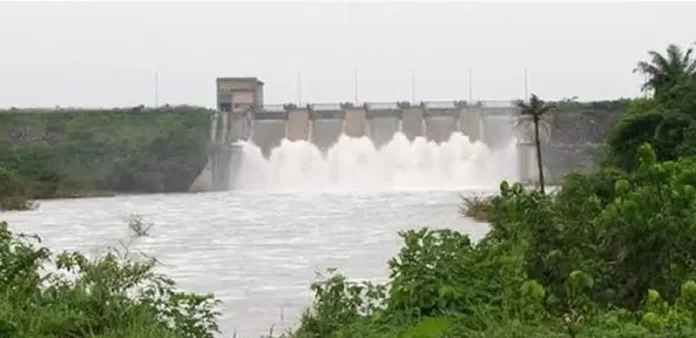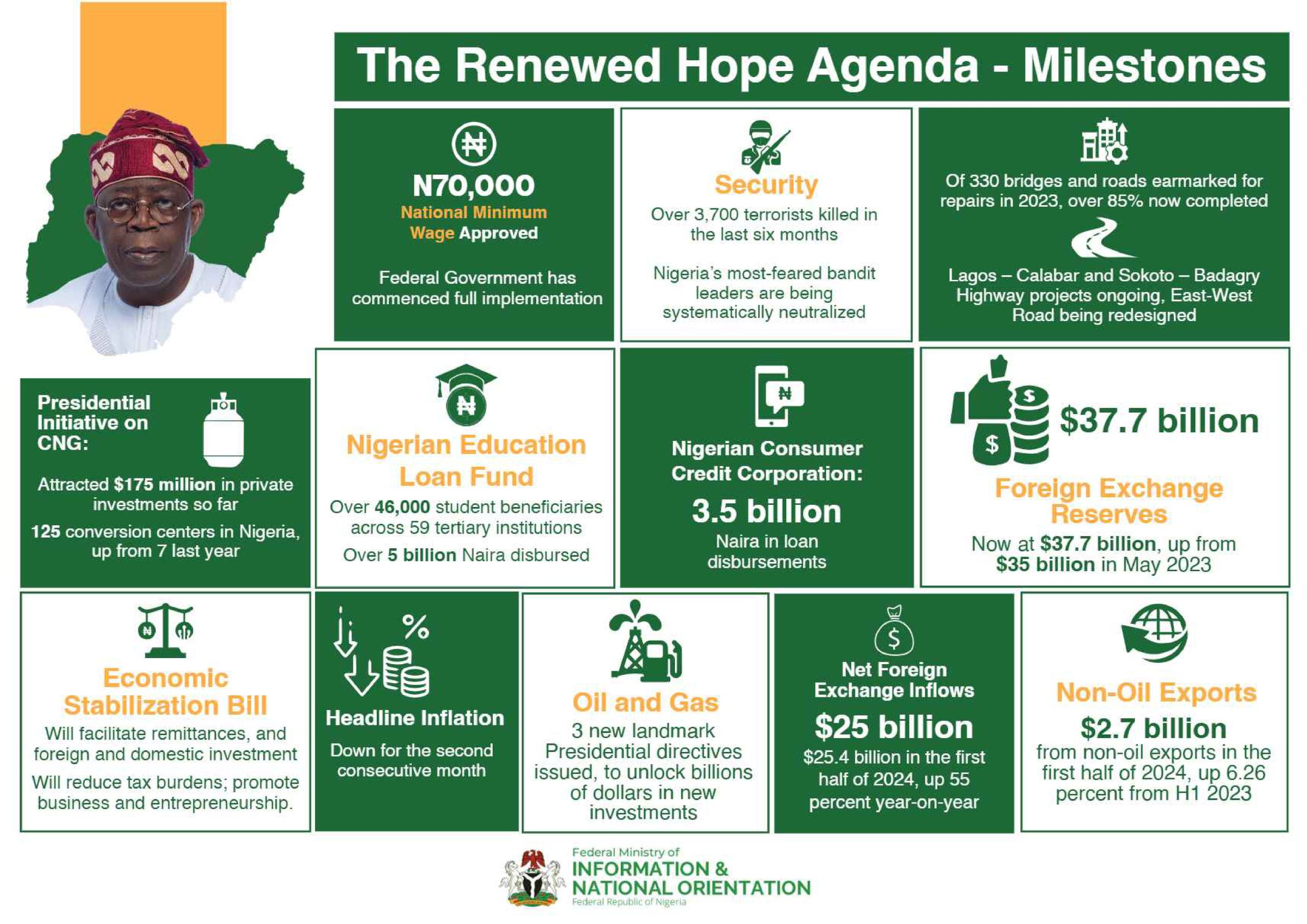A few years ago, Mr. Odebiyi relocated himself and his young family from the hinterlands of the Lagos area to a budding, vast community in the Isheri Estates Community (ISECOM) area. A simple drive through the estate’s endlessly refurbished, busy main route would reveal the reason: A thriving environment teeming with life, businesses, and infrastructure suitable for raising a family in the 21st century—schools, road networks, recreational locations, and so on.
However, by late 2024, Mr. Odebiyi had again relocated his wife and two sons to a different part of Lagos State, for what would be deemed obvious reasons for community dwellers. His reasons were unknown by most, but had no small relation to a traumatic event that would nearly upend his entire life. A year before his move, his home in the lowland areas of one of the community’s fast-developing estates suffered yet another severe flooding.
The relentless waters had poured into his compound, raged past internal embankments, and made a home for itself in his living quarters, destroying shoes, home appliances, and furniture worth millions. For two years running, Odebiyi and his family had had to relocate to live briefly with the family of church members to avoid the disruptive and potentially fatal effects of the flood. 2023 had been the last straw.
This has been the reality for many ISECOM households for decades.
It has been earlier reported by The PUNCH that there has been a significant increase in the relocation of residents as flood water continues to ravage Isheri, Arepo, Lafenwa, Warewa, and other adjoining communities along the Lagos-Ibadan Expressway in Ogun State.
These floods, occasioned by the release of water from the Oyan Dam by the Ogun-Oshun River Basin Authority, affect both residents and business owners on a yearly basis, with residents left reeling each time clamouring for a lasting solution.

AF24NEWS reached out to key stakeholders in the community to find out what efforts the community is making to isolate the problem and proffer an end game to the ravaging agonising pain of seasonal flooding in the area.
Gbenga Osobu, the Chairman of ISECOM, shared with our correspondent that the cause of the repeated flooding of the estate’s lowland communities was multi-dimensional.
“In fairness to Oyan Dam, they are not the only source of this problem,” he said. “We have a few tributaries that combine to flood the downstream of this community. It’s been a recurring theme, it’s been on for decades, but it has taken different dimensions now due to climate change factors, lifestyle, (absence of) physical planning regulations and maybe our own environmental outreach.“
Aiming to contextualise the generations-long crisis, he explained that the Oyan dam, which opened on March 29, 1983, with an operating capacity of 270 million cubic metres, has failed to serve the purposes for which it was created.
The Oyan River Dam is in Abeokuta North local government area of Ogun State in Southwest Nigeria, about 20 km northwest of the state capital Abeokuta. The dam crosses the Oyan River, a major tributary of the Ogun River.
“The Oyan Dam was conceptualised to serve three purposes—irrigation, power and flood control. As we speak, Oyan Dam is not serving any of these three purposes,” the community leader said.
Corroborating Mr. Osobu’s position, Mr. Abayomi Akinde, a Chairman of another estate within the ISECOM area, explained that the dam itself has ironically become a challenge to flood control.
“So this Oyan River is a major contributive factor to the river flooding we now experience. Because Oyan river has three valve gates. Depending on the percentage of opening—if the river is just open at ten percent across two gates is enough to get our community flooded. By 12 per cent opening across two days, in two weeks all our community will know that something is happening there,” Mr. Akinde explained.
Pa Omigbodun, an octogenarian and longtime resident in the area, explained that the Ogun–Oshun River Basin Development Authority (OORBDA), a parastatal of the Federal Ministry of Water Resources and one of the twelve River Basin Development Authorities (RBDAs), has failed to maintain correct protocol on managing the Oyan dam.
However, residents of the estate have long been discredited for their position on the estate’s flooding matters with the defence that the many areas of the ISECOM area are categorised as “flood plains” and should thus be uninhabited. A floodplain is an area of land adjacent to a river. Floodplains stretch from the banks of a river channel to the base of the enclosing valley, and experience flooding during periods of high discharge.
However, residents of the estate have rejected the directive of the government that residents relocate from the plains to “higher ground” because of the flood.
“The idea of asking us to relocate is not the solution. Besides, where do we want to relocate to? People have invested billions of naira in this community. In Western countries, you see houses on the coastline, and they never vacate their homes. I think we have become so sophisticated to be asking people to vacate the land. How many acres of land does Lagos State have? So if people could manage to build houses where they can inhabit, I think they should be encouraged,” Mr. Osobu said on the matter when asked by newsmen during the latest flooding event.
“As we speak, there are several families that have been displaced. This clamouring of going to higher land, going to higher land, for how long will that be done? I think we should take advantage of the situation to find a solution rather than trading blame,” he told AF24NEWS.
Resident Pa Omigbodun also faults the authorities’ attitude of treating the situation with normalcy.
“Now the major issue is this talk of flood plain. The correct position is that OORBDA owes a duty of care to communities downstream of Oyan Dam Reservoir to ensure that the communities are not worse off from floods than they would be if there was no dam on River Oyan,” he said.
Mr. Akinde, another estate leader, also faulted the directive.
“We hear from the government circles that we built our houses on flood plains and all that. Yes, we acknowledge the fact that this is a floodplain. But does Lagos state have enough land to accommodate all its citizens? Venice in Italy is a flood plain, Amsterdam in the Netherlands, New Orleans in the USA, people are living in all those places,” he countered.
— Fishing activities on dam restrict flood control function —
On the surface, it seems like the Oyan Dam should be helping regulate flooding for the surrounding communities in the area. According to estate stakeholders, the dam, which can hold 270 million cubic metres of water, should be below 43 million cubic meters of water before the rainy season.
However, dam authorities have insisted that the water should not go below 43 million cubic metres. Estate authorities believe this is because of another economic activity in the area—fishing.
“Unfortunately some people even took advantage of the non-functional objectives of the dam to start fishing on the dam. For that reason, water is never lowered to an extent that would take in more flood whenever it occurs. So I remember last year that we were at the dam and we appealed that the fishing should be done away with. The size of that dam is massive enough to go below 43 MCL that they are claiming is the maximum they can lower it,” Mr. Osobu said.
According to Mr. Akinde, huge fishing companies have benefited the most from the dam.
“They need a certain volume of water for their fish to be preserved. If they draw down the lake to a certain amount, during dry season, most definitely it is going to affect the fish, especially the fingerlings. So it’s like over the years they’ve given priority to the fishing communities and apart from them it seems nobody is enjoying what the dam was meant to do,” Akinde explained.
Omigbodun believes that the dam authorities are not running the operations according to the law.
“The priorities of OORBDA according to the law should be irrigation, flood and erosion control and watershed management. However OORBDA has abandoned flood control at Oyan Dam Reservoir for fish cage farming,” he said.
On their part, OORBDA’s scope of operation according to their official website reads, “The scope of operations of the Authority, over the years, has been the development and management of the water resources potentials of its area of coverage for domestic, industrial, agricultural and flood control purposes.” “Emphasis on these purposes,” the organisation says, “have varied over the years depending on the policy focus of the federal government and the directive of the supervising ministry”.
— Permanent solutions cannot come from community efforts alone —
The recurrent theme of flooding in the ISECOM area and other surrounding settlements has established them as a mainstay event in the lives of community dwellers in the area.
Flood warnings are a staple of the estates’ communication to residents, and landowners are often expected to communicate the risk of flooding to prospective tenants and individuals looking to relocate to the surrounding area. It is almost like there is no possible solution to a problem like this. However, estate leaders disagree.
Mr. Osobu believes that the government’s attitude towards the ISECOM area and surrounding environs needs to change for them to consider the problem solvable.
“I think the government needs to look at what gain they can make from this. I think we can draw some strength from every problem. As a body, ISECOM has resettled several families that were displaced by the flood. People who could afford to remain now go to their homes in canoes. Some of us are privileged not to leave home but not everybody has that opportunity. Some have abandoned their homes. We are talking about investments worth billions,” he said.
The community leader explained that an aspect of a long-lasting solution would include the construction of another dam.
“From a layman’s view and from what we have gathered so far, I think there is a need for another dam to be constructed to take the outflow from Oyan dam,” he said.
Mr Osobu also explained that the federal government needs to commission a technical committee comprising the two affected states, the dam authorities, stakeholders from the committee, and other experts on water and drainage management.
On his part, Mr. Akinde believes there has to be a combination of solutions. Also mentioning the need for the construction of another dam downstream of Abeokuta.
“We have advocated that they should create a dam on Ogun River. As we speak, there is a dam on Ogun River but not a gated dam. It is a free-flow dam. The Ikere Gorge dam. It has no gate. It is a gorge. They need to create a dam for Ogun River itself, downstream of Abeokuta,” he said.
The estate chair also believes that the landscape should have a drainage master plan.
“The entire landscape here does not have a drainage masterplan. Lagos and Ogun State governments must work together to create a comprehensive drainage master plan for Isheri. And they must bring in investment to make sure that the master plan is followed.
“For people living in Isheri North GRA, the best the government of Lagos should do will be to create an embankment between them and the river. This kind of embankment is not something the community on their own can do. It is the kind of thing that government resources need to go into. In some areas, there might be a need also to create artificial lakes.”
According to Mr. Akinde, these suggestions have been made repeatedly over the years but the government has lacked “political will” to establish them.






















